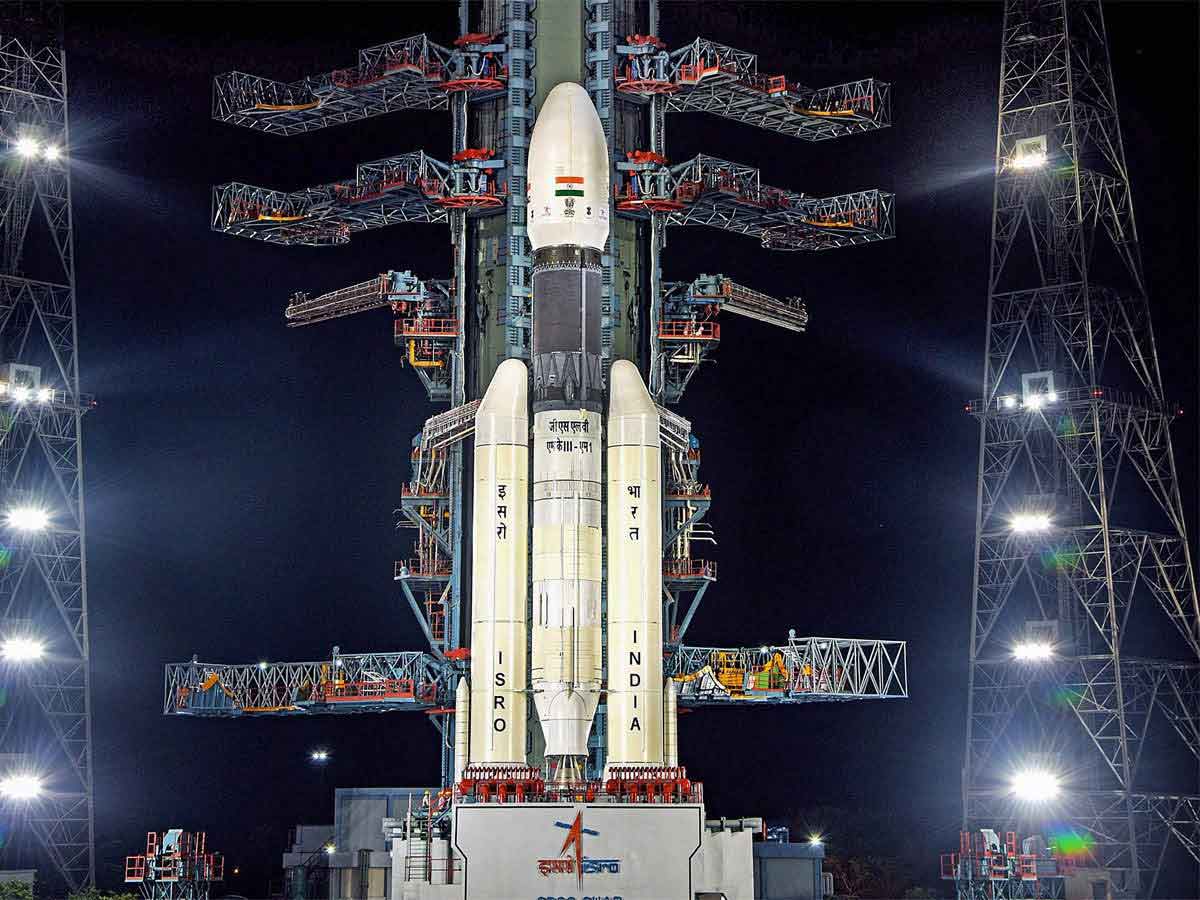Chandrayan-1

The first Indian lunar lander was named Chandrayan-1. It was operated till August 2009 after being launched by the Indian Space Research Organisation on October 22, 2008. A lunar orbiter and an impactor were part of the project. India’s space program received a big boost from the expedition as it investigated and created its technologies to explore the Moon. On November 8, 2008, the craft was successfully sent into lunar orbit.
Chandrayan-2
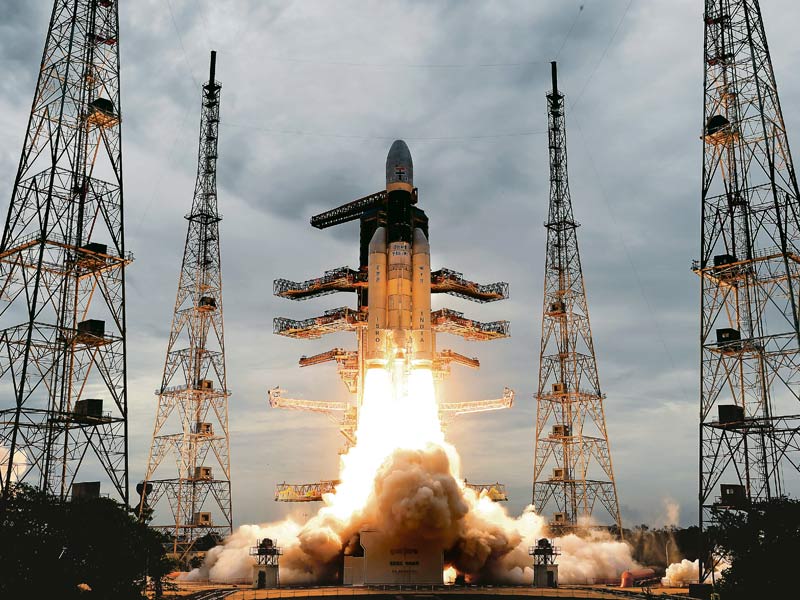
A Geosynchronous Satellite Launch Vehicle Mark III (GSLV Mk III) sent Chandrayaan-2 to the Moon on July 22, 2019, at 2:43 PM IST (09:13 UTC) from the Satish Dhawan Space Center’s second launch pad. The projected orbit has a 169.7 km perigee and a 45475 km apogee. It is made up of an Indian-developed lunar orbiter, lander, and rover. The primary scientific goal is to map the distribution and quantity of lunar water.
Mars Orbiter Mission
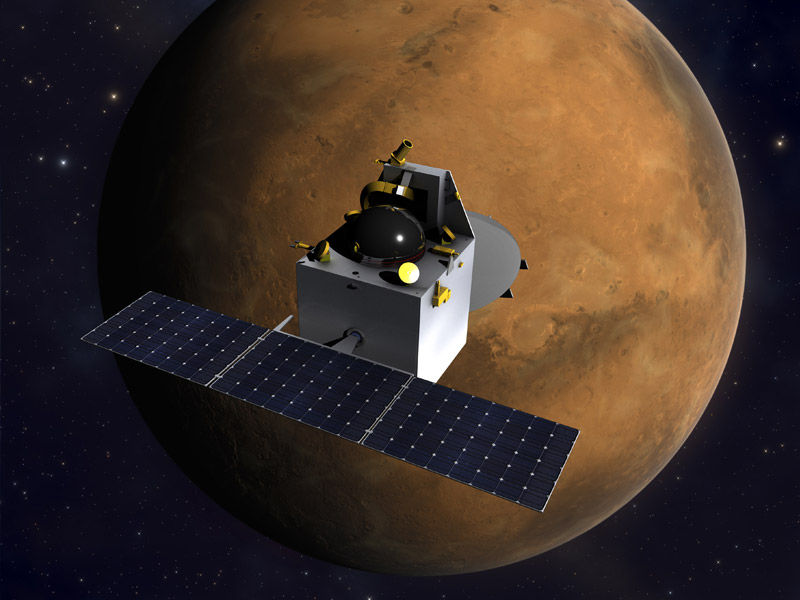
Since September 24, 2014, the Mars Orbiter Mission (MOM), also known as Mangalyaan, has been circling Mars. It was launched by the Indian Space Research Organisation (ISRO) on November 5, 2013. It is India’s first interplanetary mission, and ISRO has joined the Soviet space program, NASA, and the European Space Agency as the fourth space agency to reach Mars. India was the first country in Asia and the first country overall to circle Mars on a single mission.
ASTROSAT
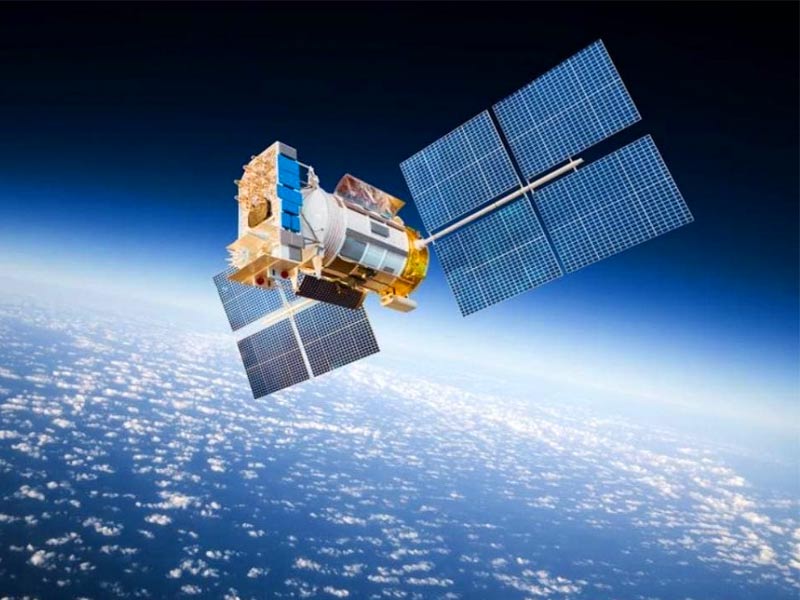
Launched by ISRO on September 28, 2015, ASTROSAT is the first dedicated Indian astronomy satellite project. It allowed for simultaneous multi-wavelength investigations of celestial bodies and cosmic sources in the X-ray and UV spectral regions. It spent seven years in the Sun’s orbit. The visible (3500-6000…), UV (1300-op…), and soft and hard X-ray regimes (0.5-8 keV; 3-80 keV) are all covered by the scientific payloads. The distinctive feature of ASTROSAT is its extensive spectrum coverage, which includes the visible, ultraviolet, soft, and hard X-ray ranges.
Aditya-L1

Aditya-L1 is the first observatory-class mission from India that will use a solar coronagraph to examine the solar corona as well as a near-UV instrument to explore the chromosphere. While the in-situ payload monitors the solar events as they travel from the Sun to Earth, X-ray spectroscopic equipment will yield flare spectra.
X-ray Polarimeter Satellite
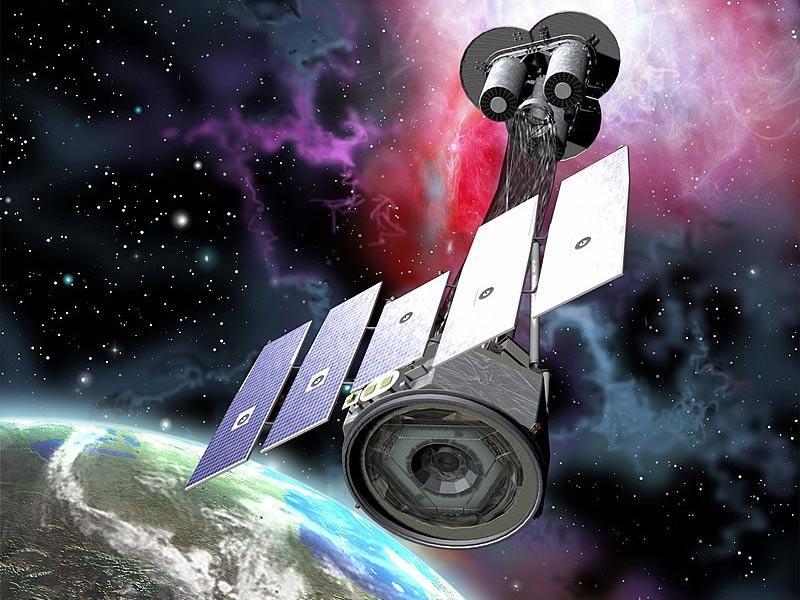
To examine the polarisation of cosmic X-rays, ISRO is developing the X-ray Polarimeter Satellite (XPoSat). It will be put into operation in 2023 using a Small Satellite Launch Vehicle (SSLV) and will have a minimum lifespan of five years. Pulsars, black hole X-ray binaries, active galactic nuclei, and non-thermal supernova remnants are just a few of the 50 brightest objects in the cosmos that will be studied by XPoSat.
Gaganyaan 1
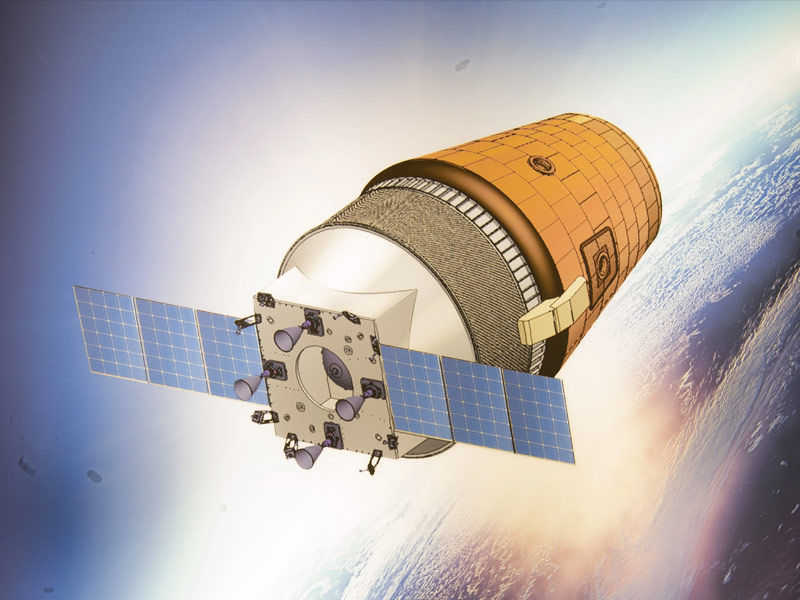
The Indian Human Spaceflight Programme will be built on the crewed orbital spacecraft Gaganyaan (“Orbital Vehicle”), which is being collaboratively produced by ISRO and HAL. Three people may travel in the spacecraft, and an updated model that is in the works will include rendezvous and docking capabilities. Before the first crewed voyage, there will be two further flight tests.
NISAR
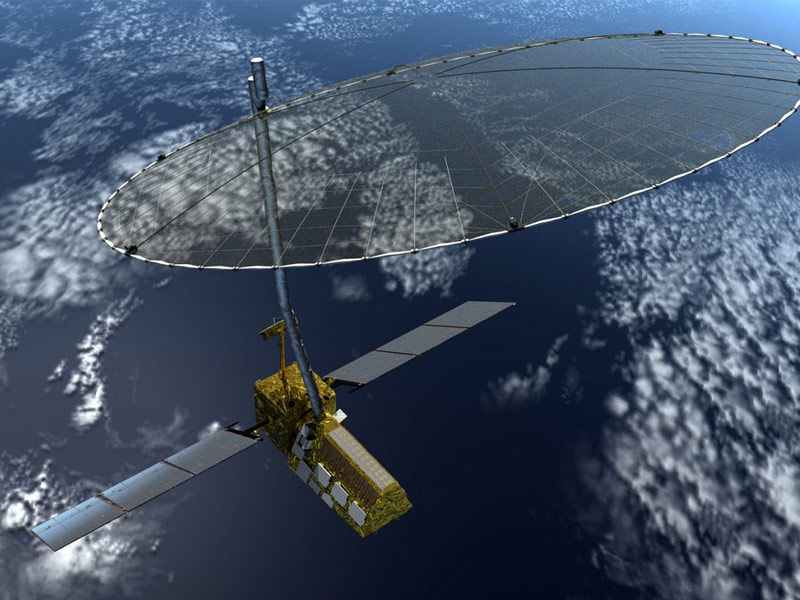
A dual-frequency synthetic aperture radar satellite for remote sensing will be developed and launched as part of the NASA-ISRO Synthetic Aperture Radar (NISAR) collaborative project between NASA and ISRO. Being the first dual-band radar imaging satellite, it is noteworthy.
Shukrayaan

The Indian Space Research Organisation (ISRO) intends to send an orbiter to Venus to research Venus’ atmosphere.
Mangalyaan 2
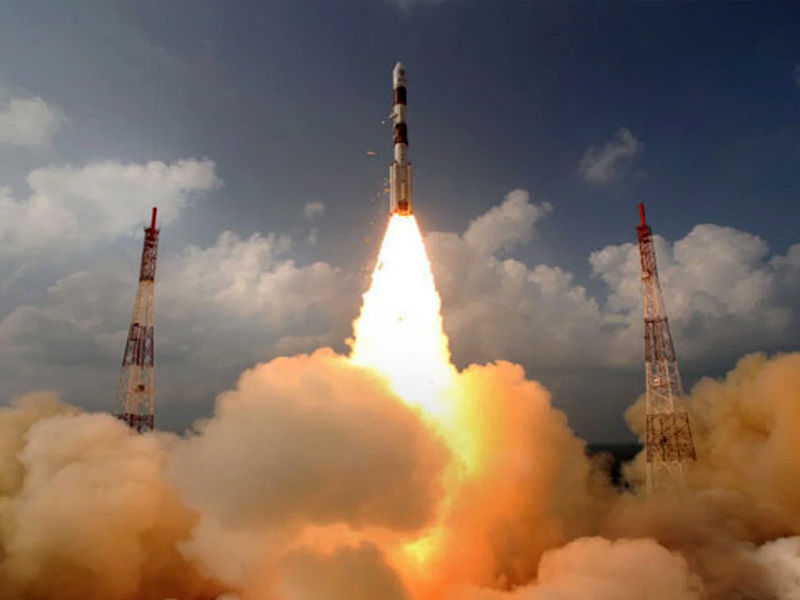 The Indian Space Research Organisation (ISRO) plans to launch Mars Orbiter Mission 2 (MOM 2), also known as Mangalyaan 2, as India’s second interplanetary mission in the 2021–2022 timeframe. According to ISRO Chairman K. Sivan in an interview, it would just consist of an orbiter, but there was a chance that it might also include a lander and a rover. Ultimately, it was fully verified that the mission will only use an orbiter.
The Indian Space Research Organisation (ISRO) plans to launch Mars Orbiter Mission 2 (MOM 2), also known as Mangalyaan 2, as India’s second interplanetary mission in the 2021–2022 timeframe. According to ISRO Chairman K. Sivan in an interview, it would just consist of an orbiter, but there was a chance that it might also include a lander and a rover. Ultimately, it was fully verified that the mission will only use an orbiter.
Gangayaan’s
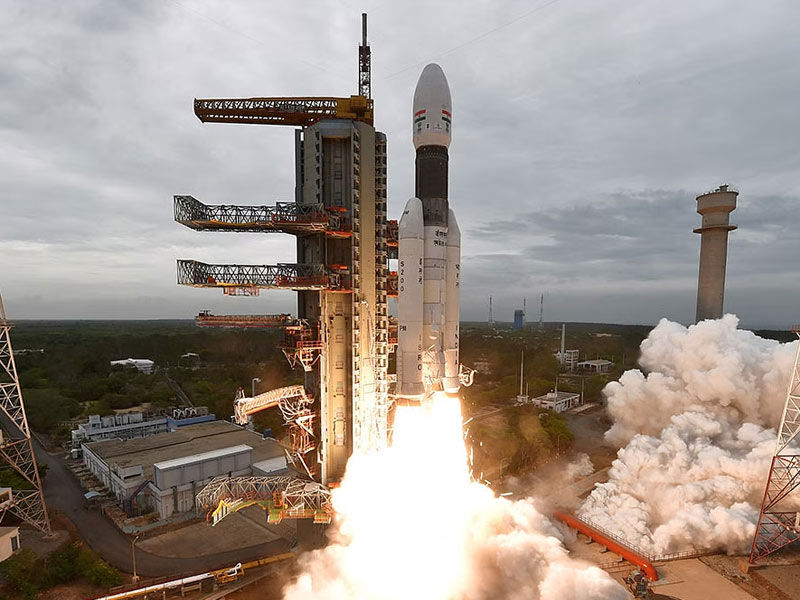
first mission with the Gaganyaan crew. If successful, India would become the fourth nation in the world (after the United States, the Soviet Union, and China) to launch humans into space on its own.
Also read: Chai’s Of India : 8 Types That Are Desi Taste Pallet Approved
The lunar polar exploration mission
A concept project by JAXA and ISRO to investigate the Moon’s south pole in 2025 is called the Lunar Polar Exploration Project. The idea for the mission has not yet been publicly suggested for planning and financing.
AstroSat-2
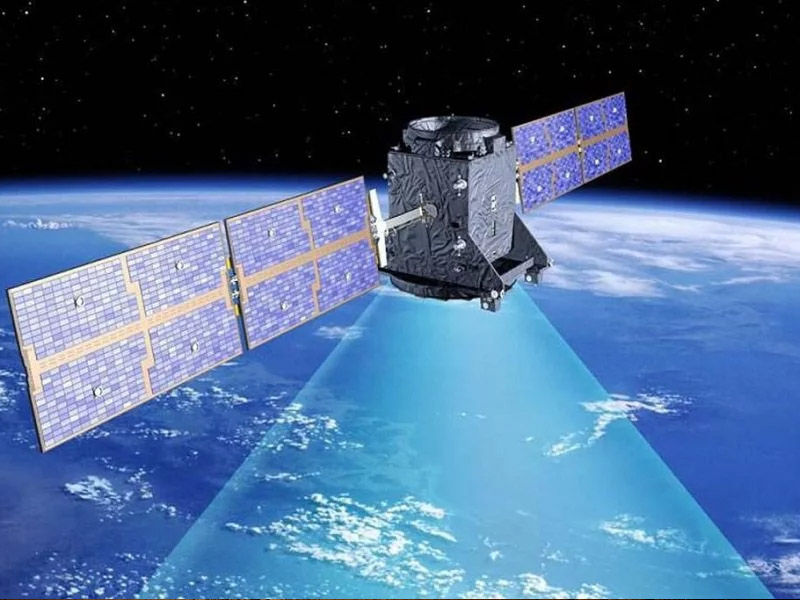 The Indian Space Research Organisation (ISRO) has suggested AstroSat-2, a second specialized multi-wavelength space telescope, as the observatory to replace the existing Astrosat-1 observatory. In February 2018, ISRO published an “Announcement of Opportunity” asking for submissions from Indian scientists for concepts for the creation of astronomical and astrophysical equipment.
The Indian Space Research Organisation (ISRO) has suggested AstroSat-2, a second specialized multi-wavelength space telescope, as the observatory to replace the existing Astrosat-1 observatory. In February 2018, ISRO published an “Announcement of Opportunity” asking for submissions from Indian scientists for concepts for the creation of astronomical and astrophysical equipment.





















